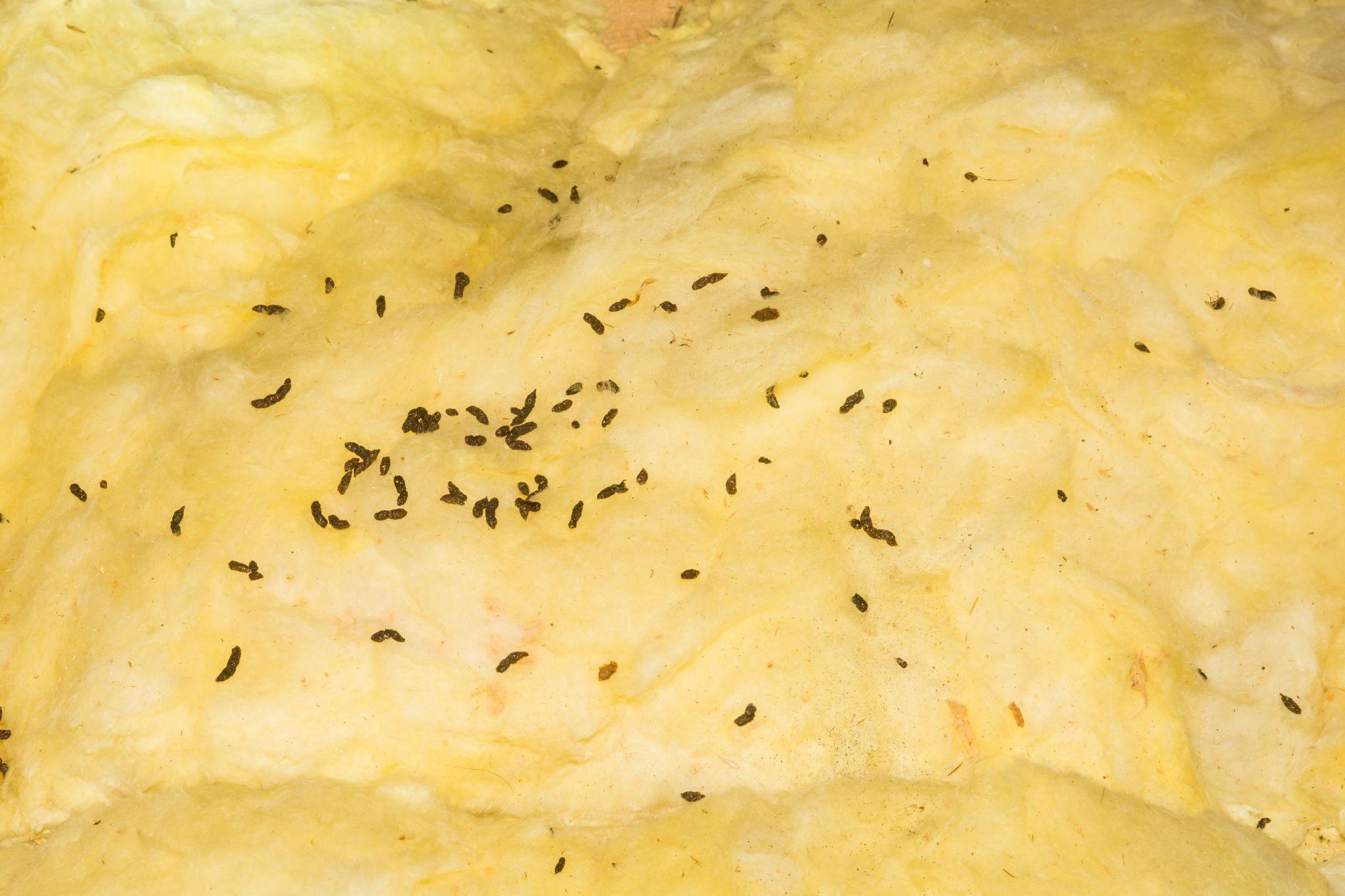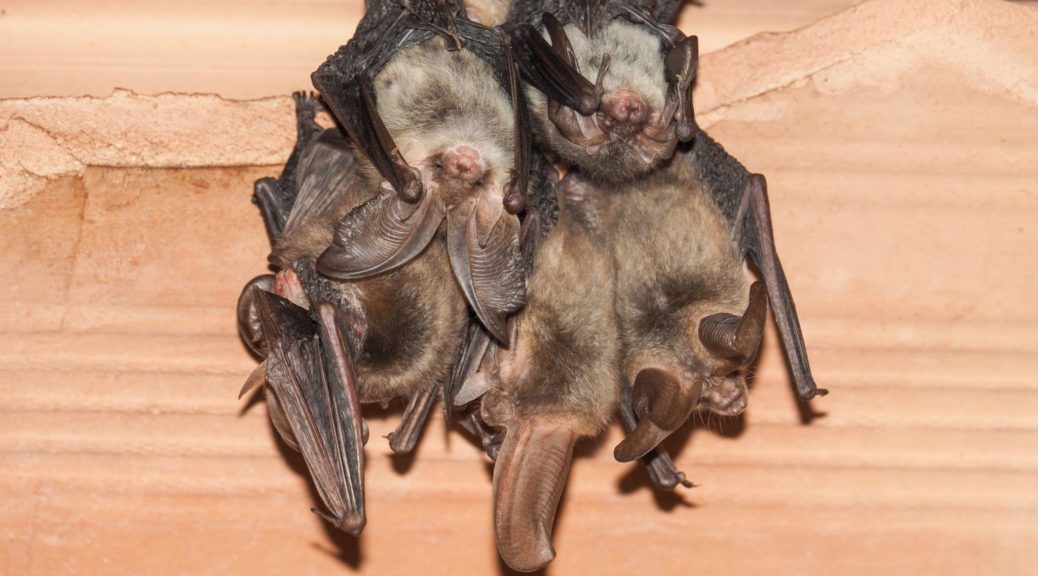Histoplasmosis, commonly linked to birds and bats, is a respiratory illness triggered by breathing in spores from the Histoplasma capsulatum fungus. This fungus thrives in environments rich in nitrogen, commonly found in bird or bat droppings. Understanding the link between histoplasmosis and bats is crucial, especially for those living in areas where bats are common.
What Is Histoplasmosis?
Histoplasmosis is an infection that occurs when spores of the fungus Histoplasma capsulatum are inhaled. These spores can be released into the air when soil containing bird or bat droppings is disturbed. While not everyone exposed to the spores will get sick, the disease can be particularly severe for infants, elderly individuals, and those with compromised immune systems.
The Connection Between Bats and Histoplasmosis
Bat droppings, also known as bat guano, are a primary growth medium for the Histoplasma capsulatum fungus. When bat guano accumulates, especially in areas like attics or barns, it can create a breeding ground for this fungus. Disturbing these droppings can release fungal spores into the air, posing a risk of lung infection to humans and pets.
How Long Does Histoplasmosis Live in Bat Guano?

The spores of Histoplasma capsulatum can remain viable in bat guano for many years, especially in favorable conditions. This longevity underscores the importance of safely cleaning and removing bat guano to prevent histoplasmosis.
Symptoms of Histoplasmosis
Histoplasmosis symptoms can range from mild to severe and may include fever, cough, fatigue, muscle aches, and chest pain. In extreme instances, histoplasmosis may lead to persistent pulmonary conditions and has the potential to disseminate to other bodily regions, including the liver, spleen, and central nervous system.
Is Bat Poop Dangerous?
Yes, bat poop can be dangerous due to the potential for histoplasmosis. The risk increases when bat droppings accumulate in confined spaces where spores can easily become airborne and inhaled by humans and pets.
Treatment for Histoplasmosis
Histoplasmosis treatment typically involves antifungal medications, especially for severe or disseminated cases. For mild cases, treatment may not be necessary, as the infection can resolve on its own. However, individuals with weakened immune systems may require prolonged treatment to prevent complications.
Preventing Histoplasmosis from Bats
Prevention focuses on minimizing exposure to bat guano and bird droppings. This includes safely cleaning up any accumulations of bat droppings in attics or other parts of buildings and employing professional wildlife control services to remove bats and seal entry points to prevent re-infestation.
Histoplasmosis and bats are closely linked due to the fungus Histoplasma capsulatum found in bat guano. Understanding this connection and taking appropriate preventive measures can significantly reduce the risk of infection.
If you suspect the presence of bat droppings in your attic or property, it’s essential to contact expert wildlife control services like Animal Capture Wildlife Control to safely address the issue and protect your health and safety.
Protect Your Health and Home

If you’re dealing with bats in your attic or have discovered bat droppings in your property, don’t risk your health. Animal Capture Wildlife Control offers expert wild animal removal services in Los Angeles, CA.
Our team is experienced in safely removing bats and other wildlife, ensuring your home is free from these unwanted guests and the health hazards they bring. Contact us today to protect your home and your health from the risks associated with histoplasmosis and bats.
Sources:
